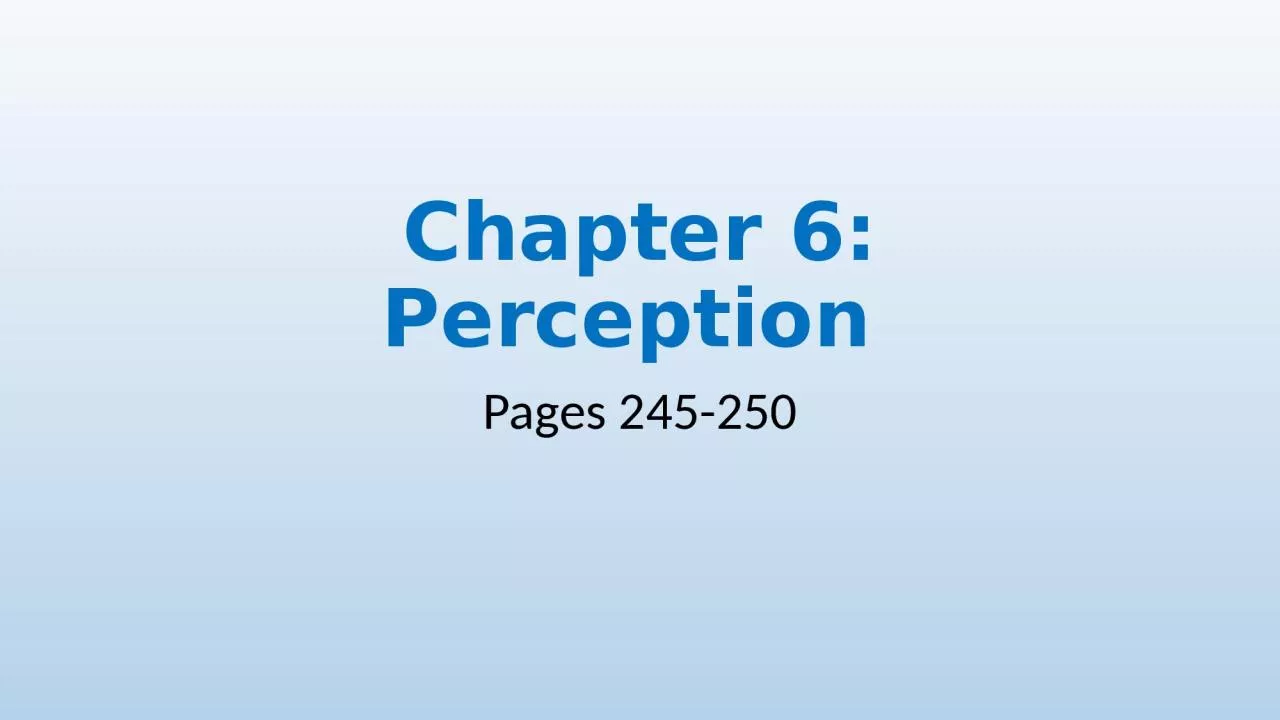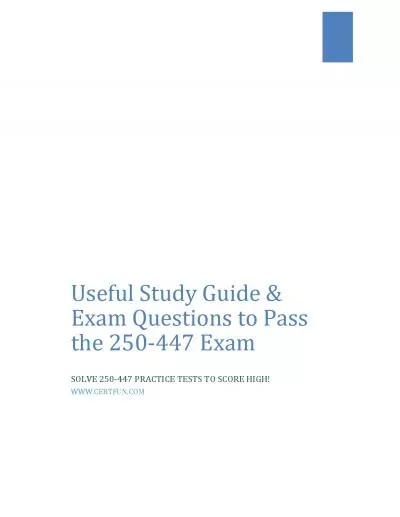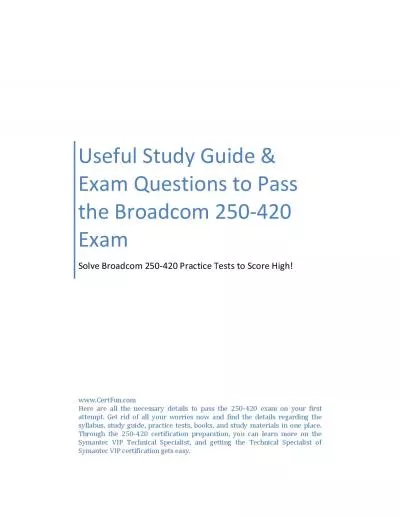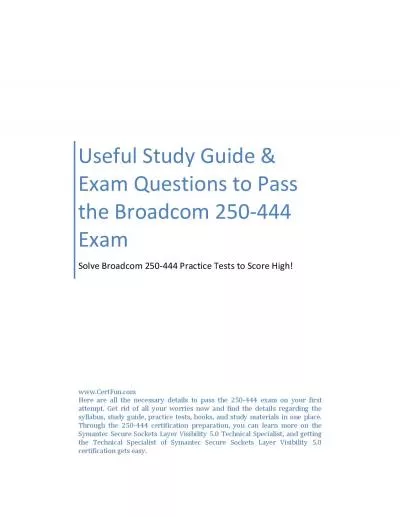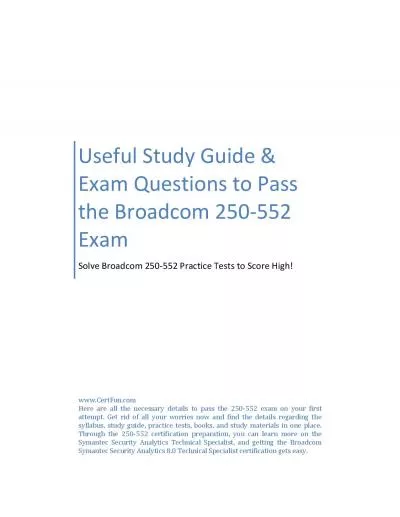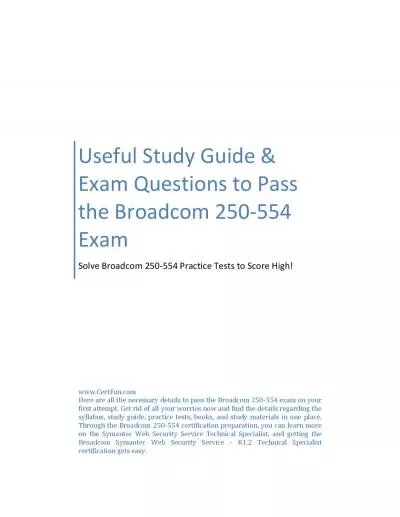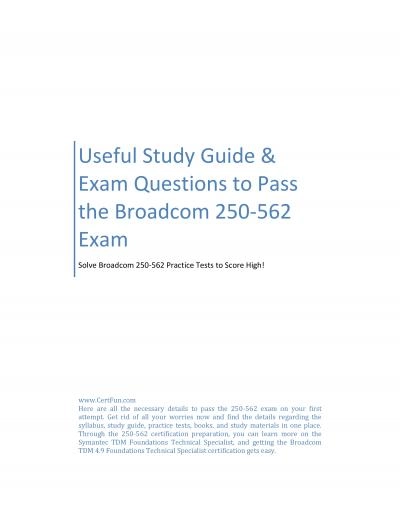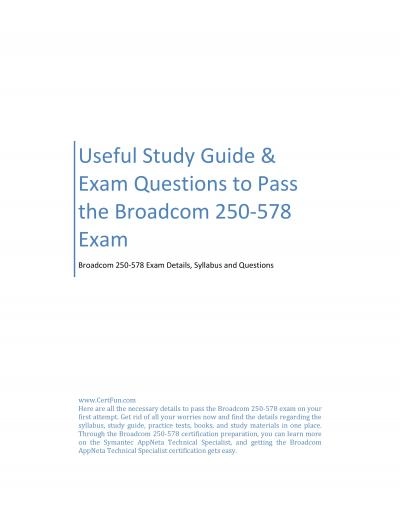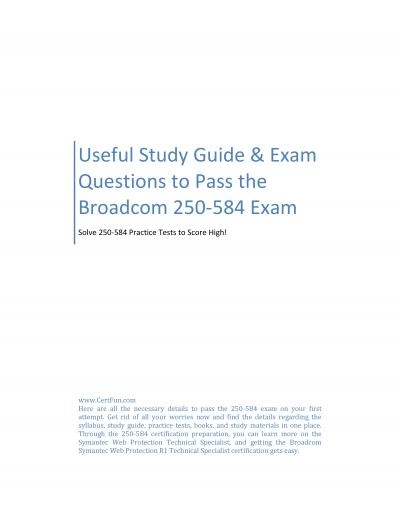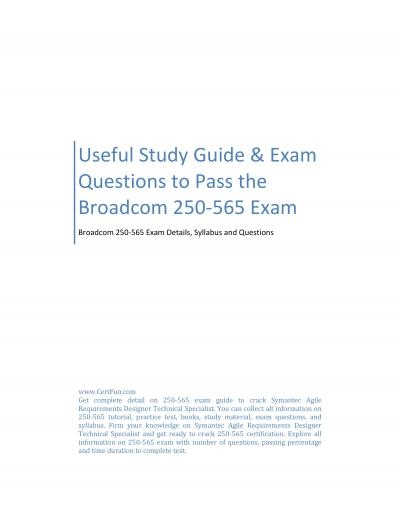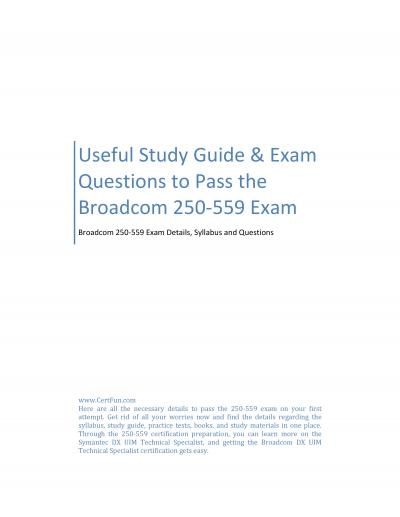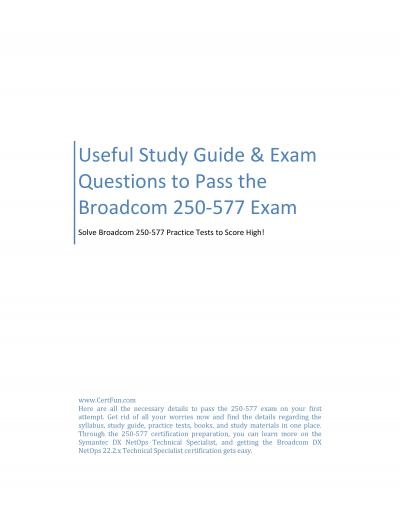PPT-Chapter 6: Perception Pages 245-250
Author : SugarPie | Published Date : 2022-07-28
Depth Perception The Visual Cliff Experiment Depth perception the ability to see objects in three dimensions although the images that strike the retina are
Presentation Embed Code
Download Presentation
Download Presentation The PPT/PDF document "Chapter 6: Perception Pages 245-250" is the property of its rightful owner. Permission is granted to download and print the materials on this website for personal, non-commercial use only, and to display it on your personal computer provided you do not modify the materials and that you retain all copyright notices contained in the materials. By downloading content from our website, you accept the terms of this agreement.
Chapter 6: Perception Pages 245-250: Transcript
Download Rules Of Document
"Chapter 6: Perception Pages 245-250"The content belongs to its owner. You may download and print it for personal use, without modification, and keep all copyright notices. By downloading, you agree to these terms.
Related Documents

